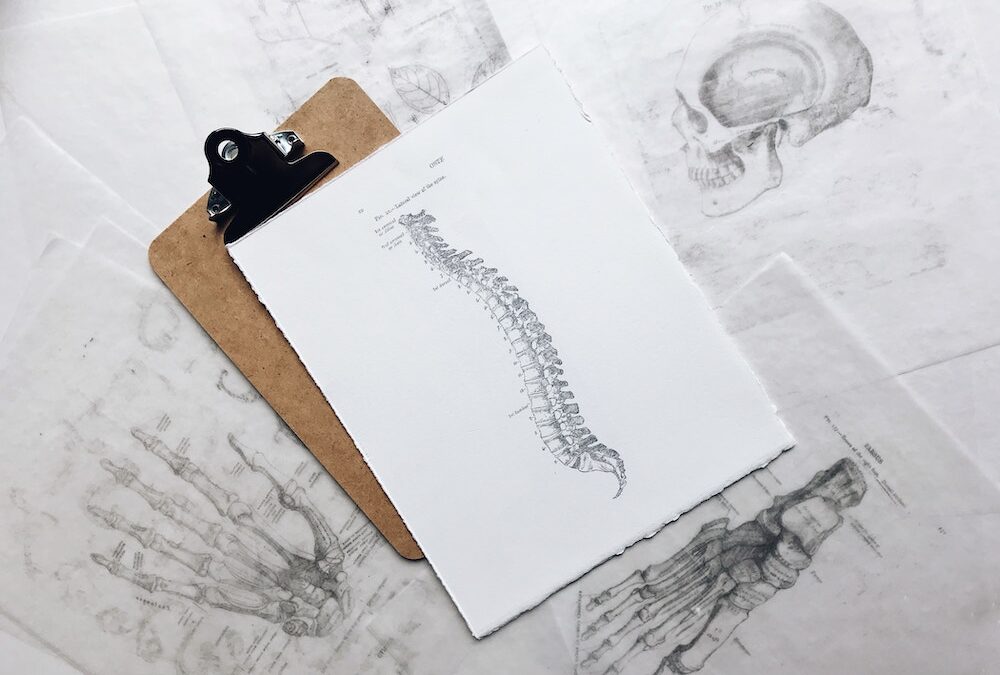The Low Back Pain Curriculum Content Standards (LBP-CCS) have been designed for academic programs that provide entry-level education for healthcare professionals, to guide the development or review of curriculum content related to the management of low back pain in primary care. Appropriate LBP curriculum content within entry-level clinical training programs is needed to ensure that healthcare professionals are graduating with the knowledge and skills needed to deliver high-quality evidenced-based care in clinical practice.
The LBP-CCS were developed by a team of academics, clinicians, consumers, and researchers, including representatives from 11 different countries and across a range of healthcare professions. The European Pain Federation EFIC are delighted to endorse the Standards. World Physiotherapy, The International Society for the Study of the Lumbar Spine, the Australia & New Zealand Musculoskeletal Clinical Trials Network (ANZMUSC) and the Australia & New Zealand Low Back Research Network (ANZBACK) have also endorsed them.
You can download the LBP-CCS here
You can provide feedback on it here
The LBP-CCS is divided into four sections:
- Objectives: Overarching objectives to be achieved by using the LBP-CCS. It is not intended that these replace existing learning objectives of individual academic programs.
- Content outline: Four broad content topics, each with a list of knowledge items and competencies, that should be addressed in a comprehensive curriculum for future health care professionals who will manage patients with low back pain in primary care.
- Glossary: Definitions for the terminology used within this document
- Suggested resources: List of suggested resources reflecting current best evidence for low back pain epidemiology, assessment, and management.
OBJECTIVES
Using the LBP-CCS will help ensure that students graduating from entry-level education for healthcare professionals can:
- Describe the epidemiology and public health impact of low back pain based on the current evidence. Explain the burden associated with low back pain in a local and global context, and with consideration of different populations.
- Apply the biopsychosocial model to assess individuals with low back pain to: (i) classify individual low back pain presentations and exclude serious underlying pathology; and (ii) identify relevant contributors to acute, sub-acute, persistent or recurrent pain and disability.
- Communicate effectively with the patient and other support figures (e.g., family, workplace, health care providers, insurers) in a dialogue about the low back pain presentation (including patient beliefs, goals, and concerns), prognosis, and the proposed management plan.
- Develop and implement a safe and effective person-centred management plan that addresses the individual’s goals and preferences, is based on the patient’s individual assessment findings and the best available evidence, considers cultural and biopsychosocial factors, and includes the development of effective self-management strategies.
- Evaluate the patient’s progress using appropriate outcome measures to assess individual patient goals and adapt the management plan, accordingly, including providing referral to other healthcare practitioners as appropriate.
- Describe the evidence behind primary, secondary, and tertiary prevention strategies and how to support low back pain prevention in healthcare settings and the community, including self-management strategies.
